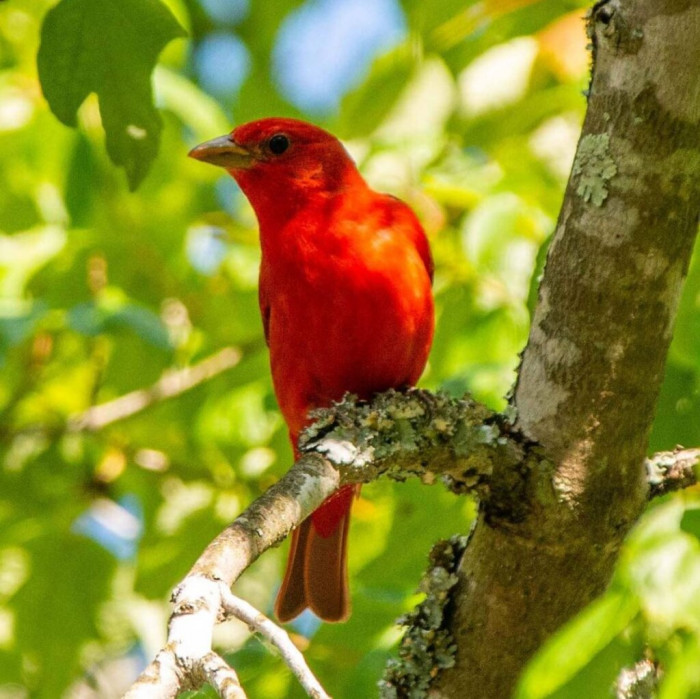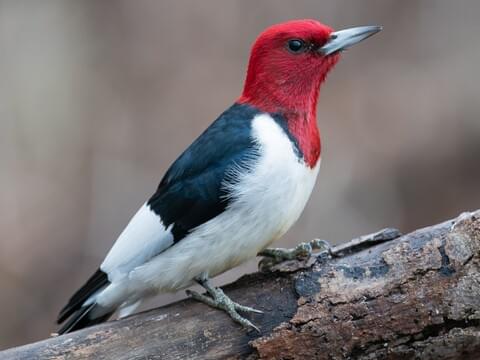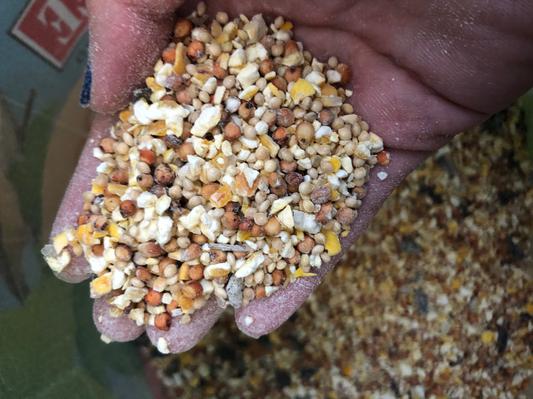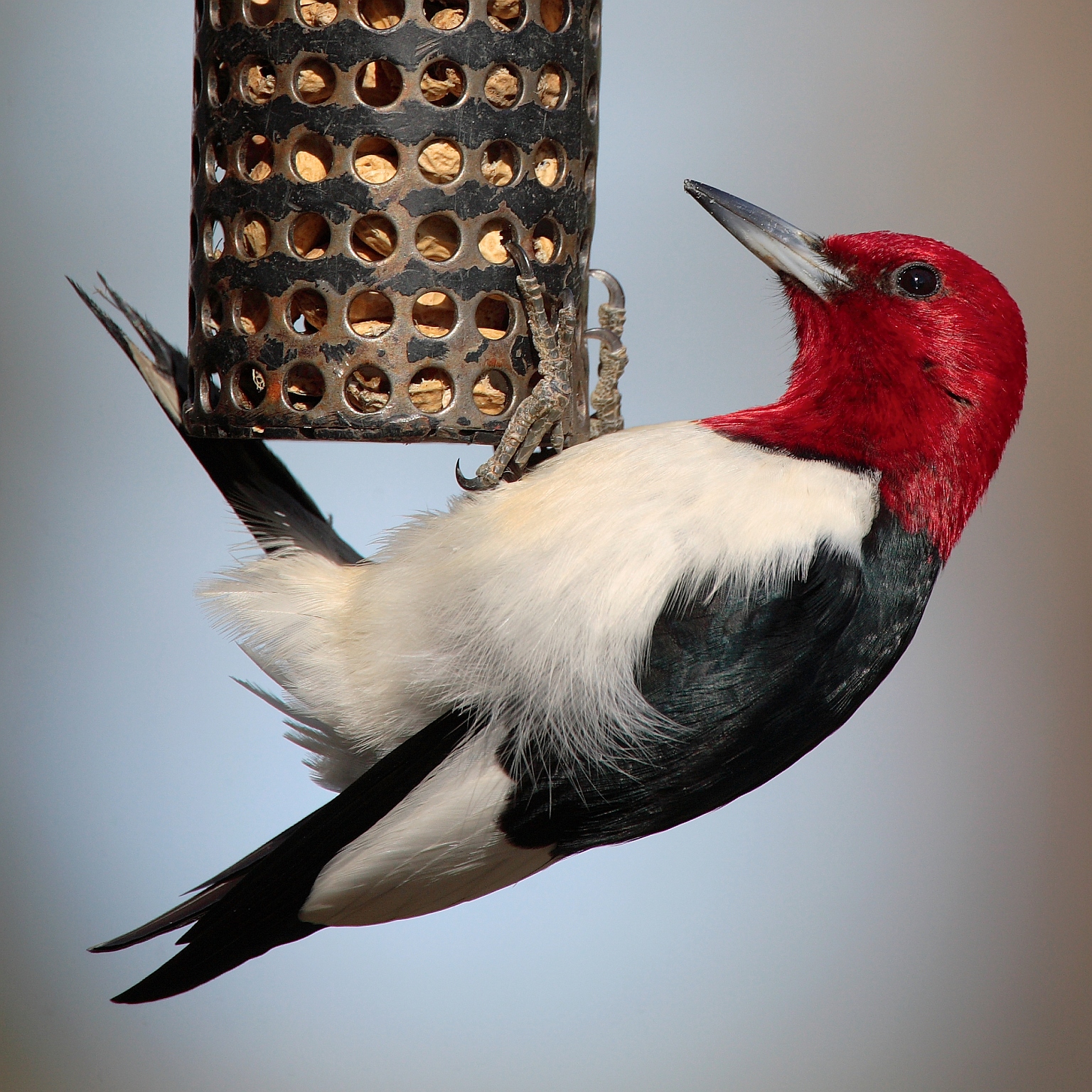In the lush rainforests of South America resides a remarkable avian creature known as the vibrant beak. With its striking red head and a beak that sets it apart from other bird species, this remarkable bird captivates the attention of bird enthusiasts and researchers alike.
The vibrant beak, also known as the bird with red beak, showcases a stunning combination of vibrant colors and unique physical attributes. Its red beak complements its striking red head, creating a captivating visual display that distinguishes it from its avian counterparts.
The vibrant beak’s red head serves multiple purposes. It not only catches the eye but also acts as a visual signal to attract potential mates during the breeding season. The bright red plumage of its head, coupled with the red beak, is a key factor in the species’ reproductive success, conveying health, vitality, and genetic fitness. Additionally, the red coloration may serve as a warning to predators, indicating potential toxicity or aggression, further enhancing the bird’s chances of survival.
Meet the Eye-Catching Bird: An Overview

The bird with a long beak and red head, scientifically known as [Scientific Name], is an enchanting species that leaves birdwatchers in awe. It measures approximately [size] in length and possesses a wingspan of [wingspan]. The distinct feature that sets this bird apart is its elongated beak, which can reach lengths of up to [length]. The beak is slender, curved, and perfectly adapted for specific purposes.
Understanding the Purpose of the Long Beak
The long beak of this bird facts serves multiple vital functions. First and foremost, it facilitates efficient foraging. With its extended reach, the bird can access food sources that may be otherwise inaccessible to its counterparts. The beak’s length enables it to probe deep into flowers, tree bark, or narrow crevices to extract insects, nectar, or other food items. Additionally, the beak’s shape aids in catching prey with precision and extracting morsels from their hiding spots.
The Significance of the Red Head

The vibrant red head of this bird holds great significance in avian biology. It serves multiple purposes, including communication and mate attraction. The striking coloration of the head acts as a visual signal, conveying information about the bird’s health, genetic quality, and readiness to breed. Males often display their red heads during courtship displays to attract potential mates, while females may evaluate the intensity and brightness of the red hue to assess potential partners.
Habitat and Distribution
This captivating bird species can be found in diverse habitats across various regions. It typically prefers [preferred habitats], such as [examples of habitats]. These birds are known to inhabit [specific regions or countries], where they find suitable nesting sites, ample food sources, and appropriate environmental conditions. They are also known for their migratory nature, with some populations traveling long distances during specific seasons.
Diet and Feeding Habits

The diet of this bird primarily consists of [primary food sources]. The long beak enables it to extract nectar from flowers, making it an important pollinator for certain plant species. Additionally, the bird feeds on insects, small invertebrates, fruits, and occasionally small fish or amphibians. Its feeding habits often involve a combination of probing, pecking, and agile maneuvers to capture prey or access food sources.
Behavior and Social Structure
These birds exhibit fascinating behavior patterns and social structures. They are known to be [solitary, monogamous, communal, etc.]. During the breeding season, males engage in elaborate courtship displays, showcasing their vibrant red heads and performing intricate aerial maneuvers to impress females. Once a pair forms, they construct nests [nest construction details] and take turns incubating the eggs. After hatching, both parents actively participate in feeding and rearing the offspring.
Conservation Status and Threats
Despite their captivating beauty, these birds face several conservation challenges. Their conservation status varies, with some populations categorized as [endangered, vulnerable, etc.]. Habitat loss due to deforestation, urbanization, and agricultural expansion poses a significant threat to their survival. Climate change and its impact on food availability and nesting sites further exacerbate their vulnerability. Conservation efforts aim to protect their habitats, raise awareness, and implement sustainable practices to ensure the long-term survival of these remarkable birds.
Conclusion
The bird with a long beak and red head exemplifies nature’s remarkable diversity and adaptation. Its striking appearance, coupled with its unique behaviors, makes it a subject of fascination among bird enthusiasts. Understanding this bird’s characteristics, habitat, behavior, and conservation needs is essential for appreciating and conserving the natural world we share with these remarkable creatures. By valuing and protecting their habitats, we can contribute to the preservation of this mesmerizing species for future generations to admire and enjoy.






















Leave a Reply